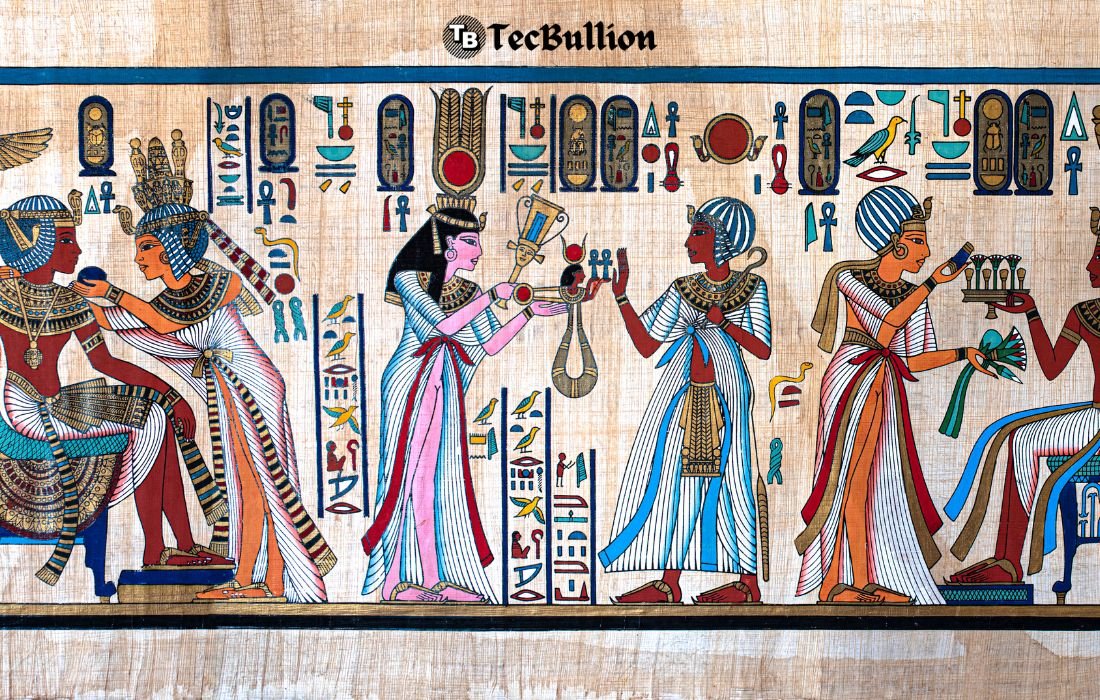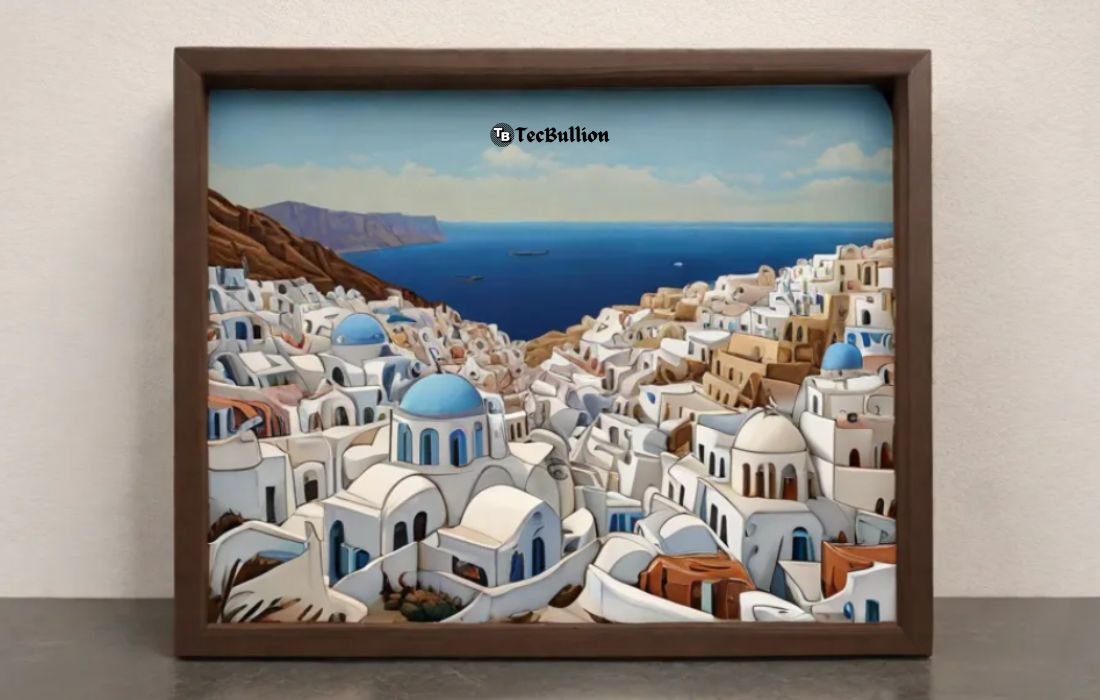“Ancient Artz” refers to the vast body of creative expression produced by various civilizations across the globe in antiquity. This term broadly encompasses a range of artistic forms, including sculpture, painting, pottery, textiles, and architecture, each offering a glimpse into the cultures and societies of their time. Art was not merely for aesthetic purposes but often served religious, political, and social functions. From the monumental pyramids of Egypt to the intricate mosaics of Greece and the stunning sculptures of ancient India, ancient art represents the earliest attempts of humanity to interpret and influence the world around them.
Ancient art dates back to prehistoric times, with the earliest known pieces, such as cave paintings and carved figurines, emerging during the Paleolithic era. As civilizations evolved, so did their artistic achievements. The Mesopotamians, Egyptians, Greeks, Romans, and many other ancient cultures all contributed significantly to what we consider ancient art today. Each culture had its unique styles and traditions, but all were united by the desire to communicate ideas, beliefs, and values through visual forms.
The evolution of ancient art was deeply intertwined with technological advancements. For example, the discovery of new materials like bronze and marble allowed artists to push the boundaries of what could be created. Similarly, the development of written language, trade, and cross-cultural interactions facilitated the exchange of artistic ideas, contributing to the diversity and richness of ancient art forms.
The Purpose and Meaning Behind Ancient Artz
The purpose and meaning behind ancient art were often closely tied to the cultural and religious beliefs of the civilizations that produced it. In many cases, art served as a means of connecting the human realm with the divine. Religious iconography was a major theme in ancient art, with deities, mythological figures, and sacred symbols frequently depicted in sculptures, paintings, and architectural reliefs. These artistic works were often used in rituals, as offerings to gods, or as expressions of devotion. For example, the ancient Egyptians created intricate tomb paintings and sculptures to ensure the deceased’s safe passage into the afterlife.
In addition to religious purposes, ancient art also served to legitimize and glorify political power. Kings, emperors, and rulers commissioned grand statues, temples, and frescoes to celebrate their reigns and assert their authority. This can be seen in the colossal statues of pharaohs in Egypt or the triumphal arches of ancient Rome, which commemorated military victories and reinforced the ruler’s divine right to rule.
Art was also used as a medium for storytelling, capturing significant events and preserving cultural memory. From the battle scenes depicted on ancient Greek vases to the narrative reliefs of Mesopotamian palaces, ancient art was a way to communicate important historical, mythological, and everyday stories to both contemporary audiences and future generations. The visual language of ancient art was thus a powerful tool for conveying meaning, whether for religious, political, or historical purposes.
Ancient Artz from Different Regions and Cultures
Ancient art is incredibly diverse, reflecting the wide array of cultures and regions that produced it. Each region had its own distinct artistic traditions, shaped by local beliefs, materials, and historical circumstances.
In Mesopotamia, one of the earliest cradles of civilization, art was highly symbolic and often centred on religious themes. Ziggurats, massive step pyramids, were built as temples to the gods, while intricate carvings adorned palace walls and gates. The art of this region also emphasized a hierarchical scale, with kings and gods depicted much larger than other figures, reflecting their higher status.
Egyptian art, renowned for its monumental architecture and detailed tomb paintings, was heavily focused on the afterlife. Artists followed strict conventions, such as the use of a grid system for proportion and the depiction of figures in profile with their bodies twisted to show multiple perspectives simultaneously. Egyptian art was highly consistent and symbolic, aiming to convey eternal truths rather than fleeting moments.
In contrast, the art of ancient Greece evolved to embrace naturalism and the idealized human form. Greek sculptors, particularly during the Classical period, sought to represent the human body in perfect proportion, emphasizing balance, symmetry, and harmony. This emphasis on realism and the beauty of the human form greatly influenced later Western art.
Ancient art from the Americas, such as the works of the Maya, Aztecs, and Inca, also displayed unique characteristics. These civilizations created intricate pottery, textiles, and architectural marvels, like the pyramids of the Yucatán Peninsula. Their art often served religious and ceremonial purposes, with gods and nature playing central roles in their visual narratives.
Styles and Techniques Used in Ancient Artz
The styles and techniques used in ancient art varied widely, depending on the materials available and the cultural context. Sculpting, painting, pottery-making, and textile production were some of the most common forms of artistic expression in ancient times.
Sculpting was a prominent technique, with artists using materials such as stone, marble, wood, and metal to create figures ranging from small household idols to colossal statues. Egyptian sculptures were often carved from limestone or sandstone, while Greek artists favoured marble for its ability to capture fine details in the human form. In Mesopotamia, sculptors used clay and bronze to create both decorative and functional objects.
Painting was another significant art form, used in both decorative and narrative contexts. The ancient Egyptians were masters of mural painting, covering the walls of tombs with vivid depictions of gods, pharaohs, and the afterlife. Greek artists painted on pottery, using techniques like red-figure and black-figure painting to create detailed scenes from mythology and everyday life.
Pottery-making was an essential craft in many ancient cultures. In ancient Greece, for instance, pottery served both practical and decorative purposes. The detailed designs on Greek vases, often depicting mythological or historical scenes, were created using specialized firing techniques. Similarly, the Chinese perfected the art of porcelain-making during the ancient dynasties, producing delicate ceramics that were highly prized across the world.
Textile production was also a vital art form, particularly in regions like ancient Peru and Egypt. Intricate weaving and dyeing techniques were used to create elaborate textiles that served as clothing, tapestries, and burial shrouds.
Notable Examples and Masterpieces of Ancient Artz
Many notable examples of ancient art have survived to the present day, offering a glimpse into the artistic achievements of ancient civilizations. The Great Pyramids of Giza, perhaps the most iconic symbols of ancient Egypt, are monumental architectural achievements that demonstrate the Egyptians’ mastery of engineering and their devotion to the afterlife. The tomb paintings inside the pyramids are equally impressive, filled with intricate scenes of gods, pharaohs, and the journey to the afterlife.
In ancient Greece, the Parthenon stands as a testament to the Greeks’ architectural prowess and their dedication to the goddess Athena. The sculptures that once adorned the Parthenon, including the famous Elgin Marbles, are masterpieces of Classical Greek art, celebrated for their realism and beauty.
The Terracotta Army in China, discovered in the tomb of Emperor Qin Shi Huang, is another remarkable example of ancient art. This vast collection of life-sized clay soldiers, horses, and chariots was created to protect the emperor in the afterlife, showcasing the artistic and technical skills of the ancient Chinese.
From the detailed reliefs of the Palace of Darius in Persepolis to the stunning frescoes of the Minoan civilization on Crete, ancient art is filled with masterpieces that continue to captivate and inspire.
How Ancient Artz Influenced Later Periods
Ancient art had a profound influence on subsequent periods, particularly in the development of Western art. The naturalism and idealism of Classical Greek sculpture, for instance, laid the foundation for the Renaissance in Europe, as artists like Michelangelo sought to revive the classical ideals of beauty and proportion. The architectural innovations of ancient Rome, including the use of arches, vaults, and domes, were also highly influential in later architectural styles, particularly during the Baroque and Neoclassical periods.
The symbolism and religious themes of ancient Egyptian and Mesopotamian art continued to resonate throughout history, influencing Christian and Islamic art in the Middle Ages. Similarly, the art of ancient China and Japan had a lasting impact on East Asian artistic traditions, shaping everything from painting to ceramics.
Ancient Artz in Museums and Private Collections
Today, ancient art is preserved and displayed in museums and private collections around the world. Institutions like the British Museum, the Louvre, and the Metropolitan Museum of Art house vast collections of ancient artifacts, offering the public a chance to experience these works firsthand. These museums play a crucial role in preserving ancient art, ensuring that it is protected for future generations to appreciate and study.
Private collectors also play a significant role in the preservation of ancient art, often acquiring rare and valuable pieces. However, the private ownership of ancient art can sometimes be controversial, particularly when artefacts are removed from their countries of origin under questionable circumstances. The ongoing debate over the repatriation of ancient art highlights the complex ethical issues surrounding its ownership and display.
The Study and Appreciation of Ancient Artz Today
The study of ancient art continues to be a vibrant field of research, with archaeologists, art historians, and scholars working to uncover new insights into the artistic practices of ancient civilizations. Advances in technology, such as 3D scanning and imaging, have allowed researchers to analyze ancient art in unprecedented detail, revealing new information about the materials, techniques, and meanings behind these works.
Public appreciation for ancient art remains strong, with exhibitions, documentaries, and academic conferences bringing these ancient masterpieces to new audiences. Ancient art is also a source of inspiration for contemporary artists, who often draw on the forms, symbols, and themes of the past to create new works of art.
Conclusion
Ancient art serves as a window into the past, offering valuable insights into the cultures, beliefs, and values of the world’s earliest civilizations. Through sculpture, painting, pottery, and architecture, ancient artists created works that continue to inspire and captivate people today. Whether preserved in museums or studied by scholars, ancient art remains an enduring testament to the creativity and ingenuity of humanity across time and space.





